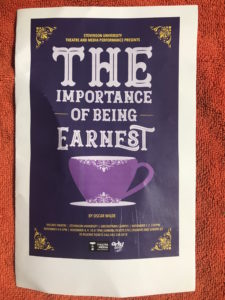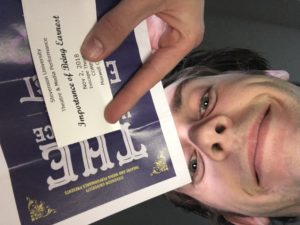Main Idea: VR experience where you get put into a foreign country and have to find and learn your way around without fully knowing the language.
Expertise: A lot of people in the world only know one language. While some of us are multilingual a good chunk of us only know English. People don’t realize how frustrating it can be to be in a country where you don’t speak the language. It basically leaves you isolated like Frankenstein’s monster. He starts to watch the family in the woods and slowly starts to pick up language from the sounds that that they make.(Shelly 83)
Learning experience: vocally NPCs in the game could speak this foreign language and the signs and world around them could be written in it. It could be a way of using maybe a foreign language made up with different letters from another alphabet with similar structure and vocabulary to English that way people could learn the language in a decent amount of time, but they would have to learn the language and slowly learn what it’s like. In the journal “Virtual World Anonymity and Foreign Language Oral Interaction.” it talks about how the participants of the test were a lot more confident in learning and practicing a language when they were anonymous. (Melchor-Couto 242).
Market: This would be good for school environments to learn what it is like to be an immigrant to a country that doesn’t speak the same language as your own. This can also be a great learning tool to see the language in action. This could help people trying to learn the language immerse themselves in the language and foreign culture to help learning. Forbes has an article written in 2016 by Ava Seave titled “In The Battle Of Online Language Learning Programs, Who Is Winning?”. This article describes the different language learning apps and compares profits for their English learning tools. The figures were $2.8 billion in 2015. (Seave).



